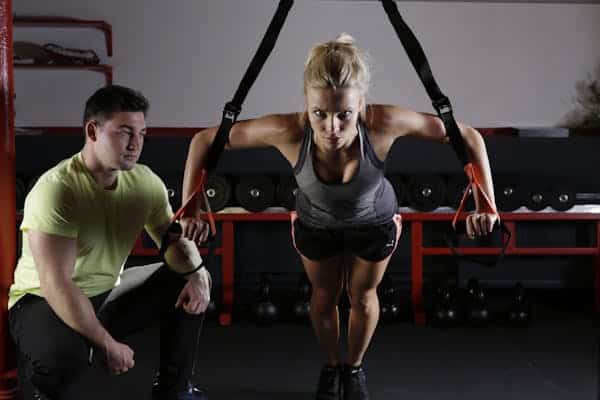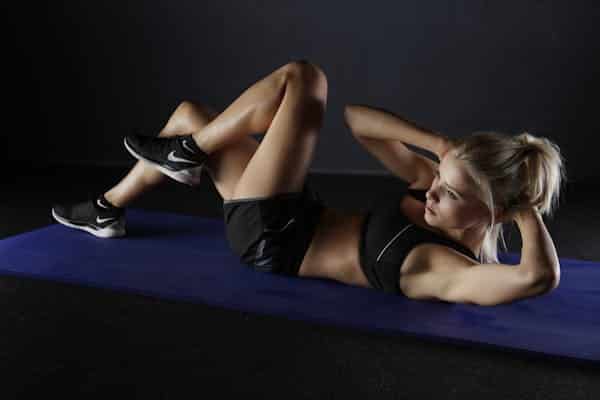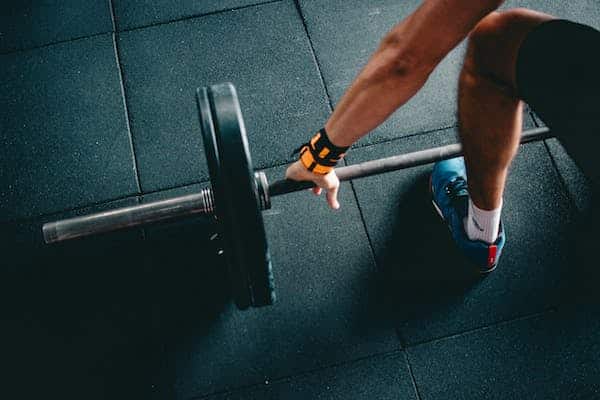We all understand the importance of fitness. Whether we like it or not, stronger bodies tend to last longer, and strength, mobility, and endurance are key indicators of good health. In the field of health and wellness, there may be a simple at-home test that offers a glimpse into a rather grim possibility — an early death.
The ‘grip test,’ recently highlighted by renowned nutrition expert Ed Jones, has sparked discussions about its implications for long-term health. Let’s take a closer look at this test and its relevance to longevity.
What is the Grip Test?

The grip test is a simple evaluation that focuses on measuring grip strength. While it’s often overlooked in routine health assessments, it holds a unique value in predicting health outcomes. The test itself is straightforward: if you cannot hold a dumbbell weighing three-quarters of your body weight for one minute, the results could be alarming. This seemingly small task offers significant insights into a person’s overall health, making it an underrated yet valuable health indicator.
What Does the Test Reveal About Your Health?

The true value of the grip test lies in its ability to reflect the internal state of your body’s systems. Research indicates that grip strength is linked to various aspects of health, such as the aging process and overall resilience. Dr. Peter Attia, a leader in longevity medicine, emphasizes that grip strength can be a more reliable predictor of future health outcomes than traditional markers like cholesterol levels. Strong grip strength is associated with slower aging, reduced disease risk, and better immune function, highlighting the importance of this simple yet revealing test.
“People with better grip strength age more slowly. Having a good grip strength can slow the process of immunosenescence, or the decline in your immune defense associated with aging,” agreed nutrition expert Dr. Ardeshir Hashmi. “It can also improve your ability to bounce back from diseases, or homeostenosis. Finally, it can prevent frailty.”
How to Perform This Test

You can easily perform the grip test at home. Simply grab a dumbbell weighing about three-quarters of your body weight and try to hold it for one minute. Ensure that you use the proper form and technique to get an accurate measure of your grip strength. Remember, this test isn’t just about physical strength—it offers a broader insight into your overall health and longevity.
What to Do If You Don’t Pass

If you find yourself struggling to complete the grip test, don’t be discouraged. Failing the test isn’t a final verdict, but rather a signal to make changes. Experts recommend incorporating exercises that target grip strength, such as squeezing a squash ball daily. Additionally, focusing on a balanced diet, getting enough sleep, and maintaining regular physical activity—especially strength, cardiovascular, and mobility training—can help improve your grip strength and overall health.
Testing the 5 Elements of Fitness

Of course, fitness and health go beyond just grip strength. The 5 elements of fitness tests provide a more comprehensive view of your overall fitness level. How you perform on these tests can reveal much about your health and longevity, as well as areas that need improvement. These tests evaluate five essential elements of fitness: balance, mobility, stamina, grip strength, and overall fitness. Improving in these areas can lead to better health and a longer life.
Balance Test

How it works: The stork test involves standing on one leg with your eyes open for as long as possible, using a wall or chair for support if needed.
What the results mean: As balance tends to decline with age, hitting the recommended time for your age group indicates good balance.
Improvement methods: Try more advanced stork exercises and heel-to-toe walking to enhance balance.
Mobility Test
How it works: The sinking yogi test measures how easily you can lower yourself to the floor and rise back up without using your hands.
What the results mean: Your performance reflects your flexibility and overall mobility.
Improvement methods: Squats and stretches like the “world’s greatest stretch” can boost your mobility.
Stamina Test
How it works: This test tracks how fast you can run or walk a mile, indicating your endurance level.
What the results mean: A time within the recommended range for your age suggests good stamina.
Improvement methods: 30-20-10 interval training is ideal for increasing endurance.
Grip Strength Test (Dead Hang Test)
How it works: The dead hang test evaluates how long you can hang from a bar with your feet off the ground.
What the results mean: It assesses hand grip strength, which is crucial for daily tasks.
Improvement methods: Dead hangs and farmer’s carry exercises are excellent for improving grip strength.
Overall Fitness Test
How it works: The burpee test measures how many burpees you can perform in 30 seconds, reflecting your overall fitness.
What the results mean: Meeting the recommended number for your age shows good overall fitness.
Improvement methods: Practicing burpees regularly will help you improve in this area.
These tests give valuable insights into various aspects of your fitness and offer practical guidance for improvement. If you find yourself lagging in any of these tests, implementing the suggested exercises can help you work towards a healthier and more fit lifestyle.
The Bottom Line
The grip test stands out as a powerful tool for revealing hidden insights into one’s health and longevity. While failing the test might cause concern, it also offers an opportunity to take control of your health. By recognizing the importance of grip strength and making efforts to improve it, you can potentially prevent negative health outcomes and work towards a longer, healthier life.
